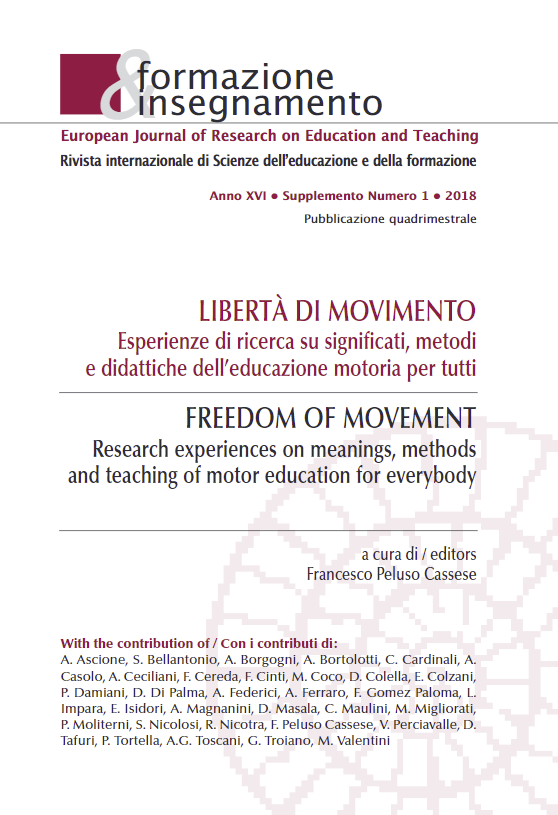Environment and contexts to plan motor education in preschoolers
Abstract
For experts and specialists working with children is important to have knowledge
about developmental theories to better understand what happens with processes associated with motor behavior and child motor and general development. We can describe development, according to Darwin, Edelman and Gottlieb as: a) continuous process of change in functional capacity; b) related to age (but not dependent); c) involving sequential and irreversible changes, result of interactions within the individuals and between the individual and the environment. Newell (1986) emphasizes the influence of experience (task) in motor development and highlights the dynamical, constantly changing interaction between them. There are factors that can limit, discourage
or encourages motor activity called by Newell, constraints. The relationship between the organism and the environment offers affordances, that can be useful to a person, related to his/her capacities. When a child exploring and playing experiences new motorskills and acquire them he discovers new affordances. In the article are reported some studies showing examples of affordances and a research realized in the playground “Primo Sport 0246” that highlight the affordances in a specific tool “MonkeyBars”. It is fundamental for educators to consider all the aspects related to a movement, as the organization of spaces, of materials and their characteristics are determinant in promoting affordances and motor development.
Downloads
Published
How to Cite
Issue
Section
License
Copyright (c) 2018 Patrizia Tortella

This work is licensed under a Creative Commons Attribution 4.0 International License.
Formazione & insegnamento is distributed under Attribution 4.0 International (CC BY 4.0).
For further details, please refer to our Repository & Archiving Policy, as well as our Copyright & Licensing Terms.





